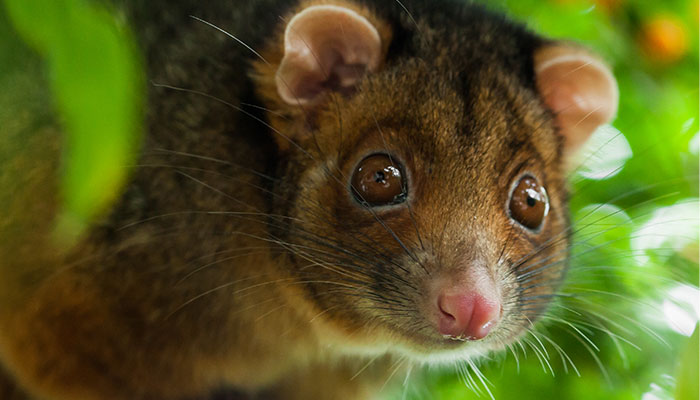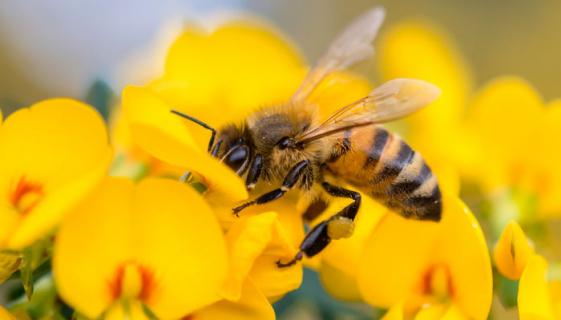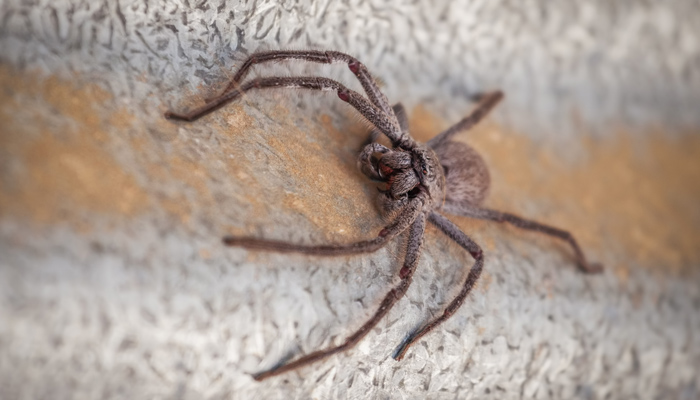We have about a quarter of a million honey-bee colonies in NSW, which is the species used the most in agriculture pollination. One third of our food crops are dependent on bee pollination and we’re running into problems because we don't actually have enough honeybees to service it.
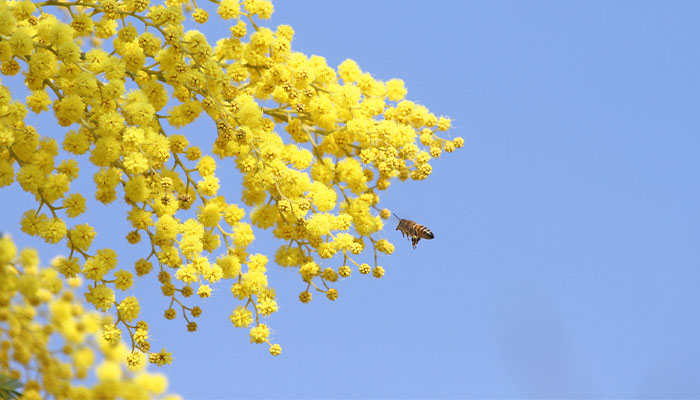
Hanging on: Bees face four big problems, says Professor Barron: climate change, disease, pesticides and land management.
Sixty-five per cent of honey bees in NSW are used for almond pollination alone. So that’s one crop – the problem is we’ve also got things like canola, carrot, apple, cherry, blueberry and all these other crops wanting pollination but we haven’t got enough beehives to keep up.
In the 2019-20 NSW bushfires, 10,000 hives were incinerated. A further 90,000 hives lost their bees – if there’s a bushfire and smoke approaching they’ll abandon the hives. So we basically had 100,000 hives that lost their bees and it pushed honey production down by 90 per cent, which is pretty terrifying.
It’s hard for us to scale back up from that – it's not impossible, but it doesn't happen overnight. The four big problems facing bees are climate change, diseases (which are pretty much everywhere in the world), pesticides and land management, where wild, pristine ecosystems are replaced with intensive agriculture.
If it’s an extreme heat situation and they can't get water, they're in real trouble. If a beehive gets over 38 degrees, the wax starts to melt and it’s game over.
Climate change is increasing weather extremes and for the honey bee, extreme heat and drought is really problematic.
Honey bees actually air condition their colony and they're really good at it. So if it gets too hot, over 34 degrees, they’ll start to collect water and bring it back to the hive. They vomit up the water and fan their wings to evaporate the water, so they make an air conditioner inside the hive and keep the temperature at 34 degrees.
But if it’s an extreme heat situation and they can't get water, they're in real trouble. If a beehive gets over 38 degrees, the wax starts to melt and it’s game over.
Today's insecticides more toxic for bees
Pesticide damage is hard to quantify but very, very tiny traces of contamination can be quite disastrous. Our research has shown that a pesticide dose of five parts per billion in nectar – which is the smallest dose you can measure – reduces foraging performance by about 30 per cent.
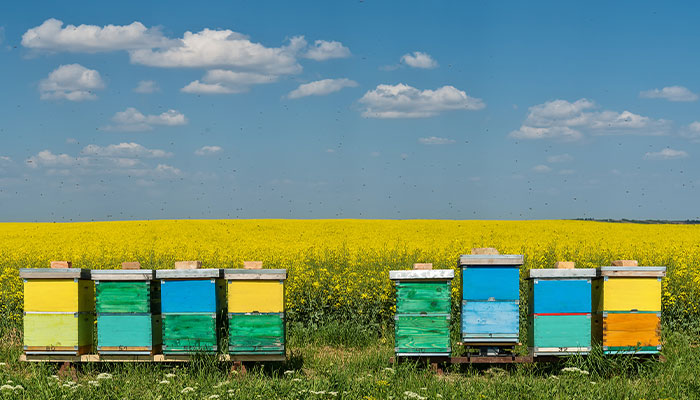
Contamination: Damage from agricultural pesticides can be disastrous for bees, which we rely on to pollinate crops including canola.
That means 30 per cent less honey production, 30 per cent less pollination and 30 per cent less resilience for the hive. So even that tiny dose makes bees vulnerable.
Pesticide use by volume has gone down, but in terms of toxicity levels, it’s got worse. Insecticides used nowadays are longer lasting and up to 10,000 times more toxic to bees than some banned in the 1970s.
If you talk about those four classes of stresses on bees, pesticides are a lever we can move quickly. There's a lot we could do in the very short term to reduce the pesticide problem by simply using less pesticide in agriculture.
If we don’t have enough bees to pollinate, in terms of food security we’re not going to starve, but we're going to get less yield from our farms.
We know we can use less and still effectively protect food production. And to me, that's the most important lever that we should be moving if we want to make things better for bees.
If we don’t have enough bees to pollinate, in terms of food security we’re not going to starve, but we're going to get less yield from our farms and it’s not going to be a good picture. In terms of biodiversity, a lot of birds and mammals feed on insects and if we start to lose insects, those populations will start to starve and decline.
- As another lockdown bites, is complacency to blame?
- New whale super groups gather for bubble net buffets
As part of our work, we studied the movements of bees labelled with radio-frequency tags. The beauty of that technique is it gets data about exactly how many foraging trips bees are making in their life.
We’re using that data to explore what the critical things are that give us an indicator of bee health. We’re about to embark on a two-year pilot project looking at temperature sensors as a tool to signal beehive health. Ideally if there’s a signal early enough that a hive is starting to struggle, there's still time to rescue that hive.
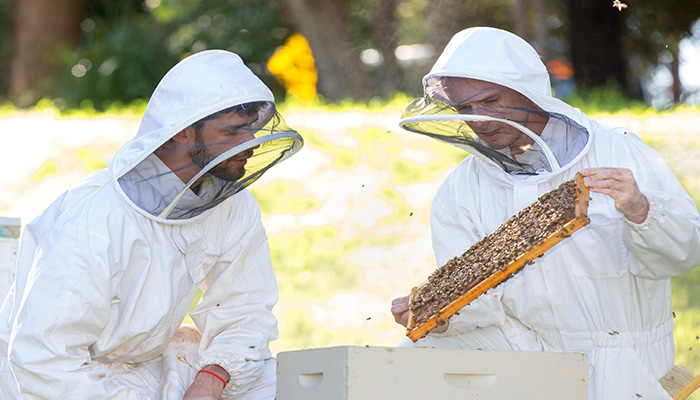
Professor Andrew Barron (pictured, right) is Deputy Head of the Department of Biological Sciences at Macquarie University. He is a neuroethologist, which is a discipline of neuroscience studying the mechanisms of natural animal behaviour.

